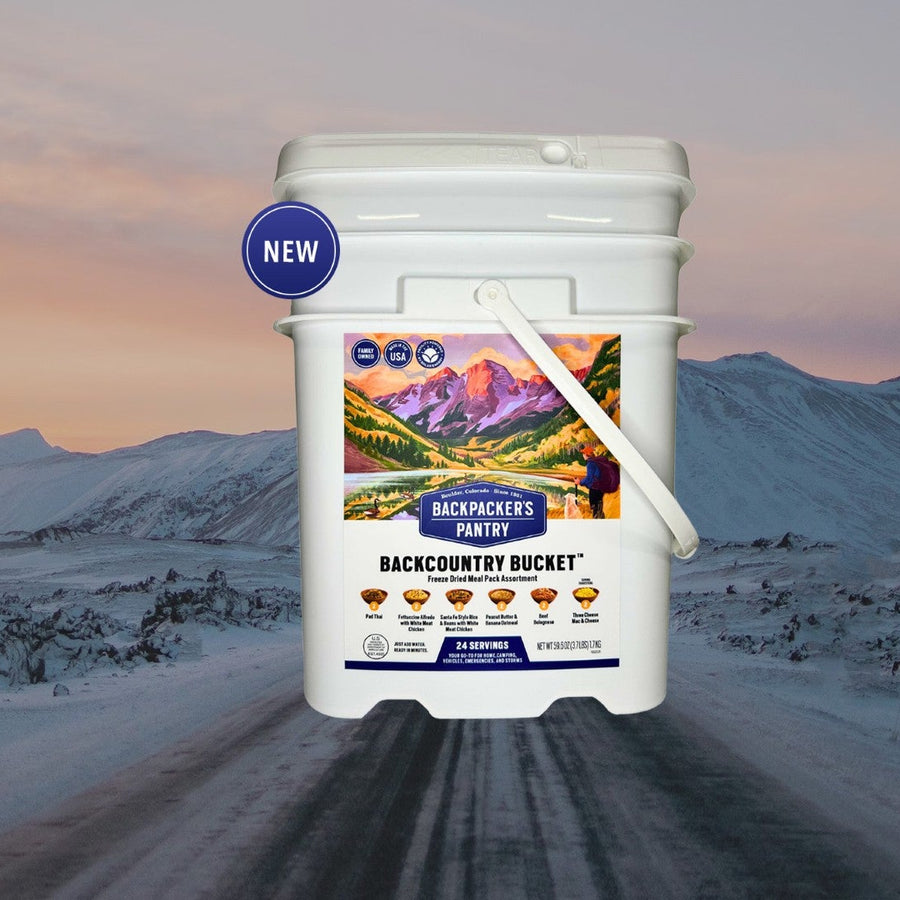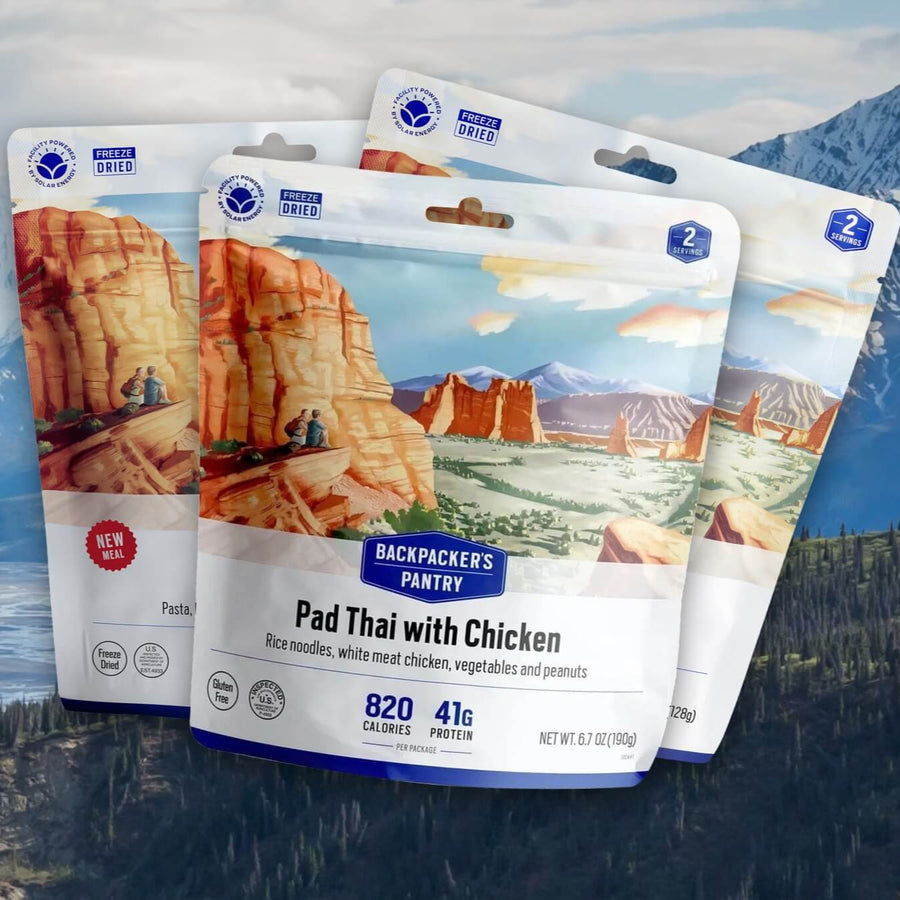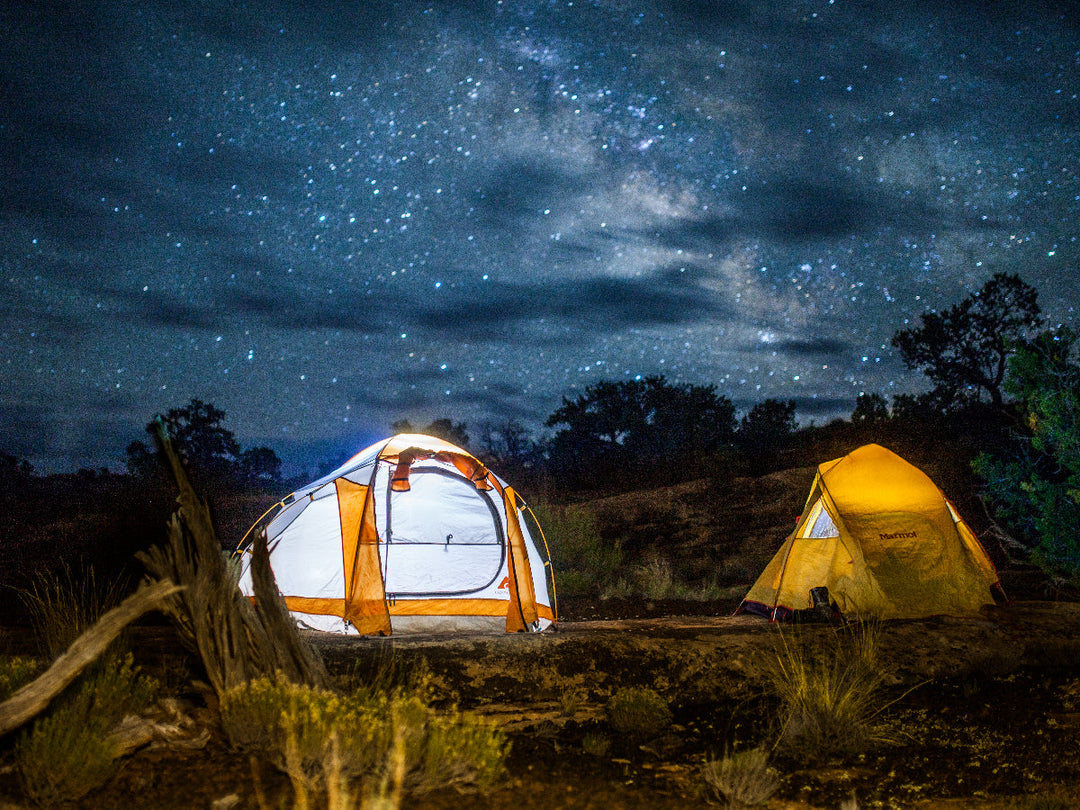Fat, It’s What’s For Dinner…and Breakfast…and Lunch

Winter Camping 101 – What’s on the Menu? – Part 1
By: John Huston
“What do you eat on a polar expedition?”, is perhaps the number one question I get.
There are many ways of answering this question. We can discuss specific foods, taste profiles, nutrient needs, caloric needs, etc... Or this question can be answered with one word: fat. So, let’s start with some background on caloric needs on winter expeditions and look at how fats can be the key ingredient to properly fueling the body in the cold or during high exertion.
Living in a freezer has its advantages. Water, in the form of snow, is often everywhere, it just needs to be melted. Perishable food stays frozen, until, if needed, it is thawed for consumption. Appetites skyrocket. Some weight loss is often part of the game. Clearly, like so many aspects of the hearty simple life that is winter camping, these advantages are hard earned. And that hard work needs to be fueled.
Winter Camping Caloric Needs
Winter camping requires tasty, dense calories…a lot of them. The FDA estimates the typical adult consumes between 2000 and 2500 calories per day. For winter camping, or even long day trips, those numbers can quickly double. On our unsupported expedition to the North Pole I ate at least 7000 calories on most days. The body’s caloric needs for the production of energy for warmth and exertion in the cold are immense. In an expeditionary or on-foot context the burden of carrying all of these calories is a major limiting factor.
I’ve found the best way to keep the stomach satisfied – a sign for me that my body is getting the calories it needs – and keep the load manageable is to consume relatively large quantities of fat. In my world fat = weight efficient energy. On my expedition to the South Pole, our diet didn’t contain enough calories and wasn’t up to the task. I was always hungry and low energy at times. To compensate we took on extra food at a resupply depot, but that food didn’t have enough fat and as a result our loads were heavier than they should’ve been. At that point I wasn’t willing to sacrifice calories for weight. We had to sustain ourselves.
The denser the calorie, the lighter your food is going to weigh to achieve any given caloric intake. For example, if you want to consume 4000 calories per day and your food averages 3 calories/gram, then your daily ration will weigh in at 1333 grams (2.9 pounds). But if your diet averages 5 calories/gram (the magic number in my mind) then your food will weigh in at 800 grams (1.8 pounds). That weight saving might not look like much, but it adds up on multiday trips. From my experience that denser food is going to be more satisfying as well. I read labels closely – looking for 2 things: real ingredients and a good calorie per gram ratio (ideally in the neighborhood of 5 calories per gram).
So what actual foods do I eat on winter expedition? For starters, butter – straight up, nuts, fudge bars, bacon, and rich creamy pasta meals with lots of extra olive oil…essentially healthy, tasty fats.
More about the specific foods in the menu next month.
Thanks for reading everybody.





